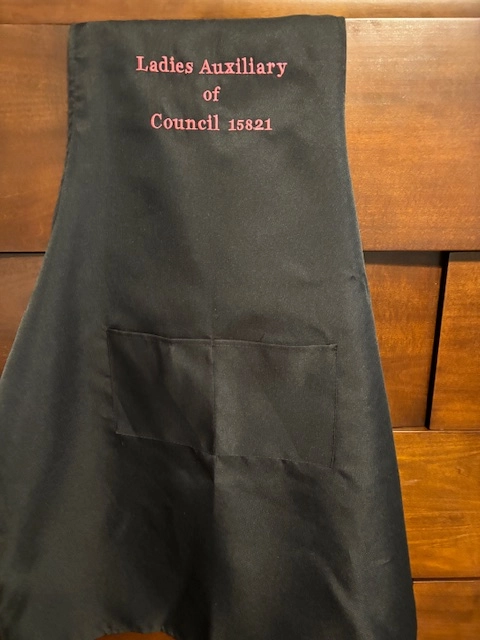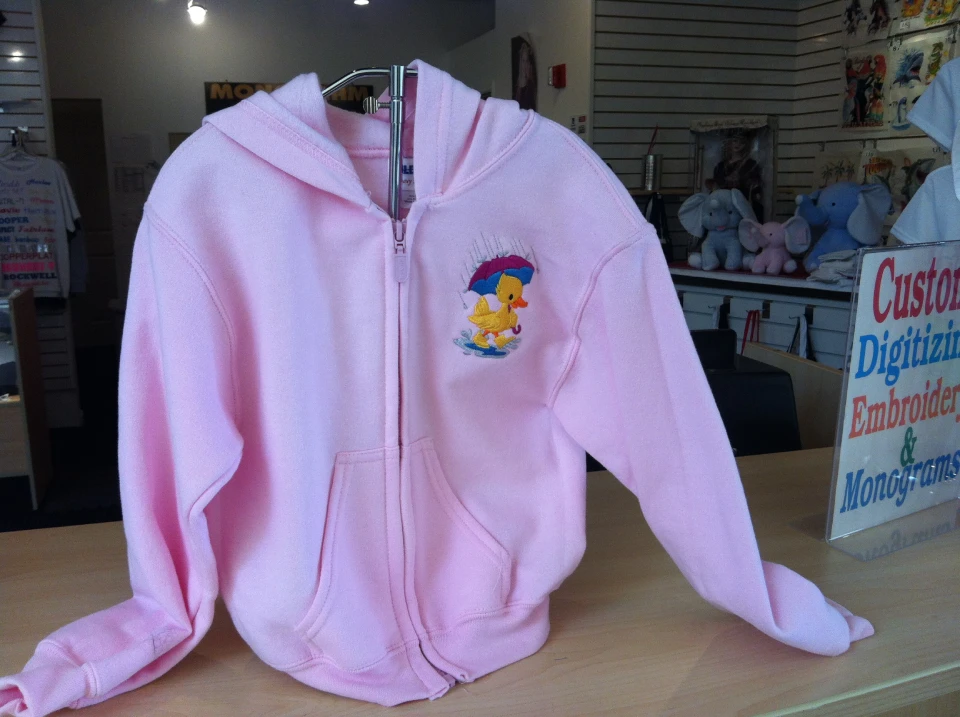The Art of Custom-made Embroidery: Unlocking the Tricks to Creating Special and Memorable Layouts
The secrets to developing customized needlework styles that mesmerize the eye and leave a long lasting impact lie in a fragile equilibrium of technique, creative thinking, and interest to detail. As we dive right into the world of customized needlework, we reveal the nuanced interplay between string choice, stitch intricacy, and design personalization that boosts a simple garment to a job of art.
Selecting the Right Needlework Threads
When picking embroidery strings, what key elements should you think about to make sure the most effective results for your custom-made designs? The selection of needlework thread is vital in identifying the last end result of your embroidered layout. One of the main factors to consider is the material of the thread. Different materials such as cotton, polyester, rayon, and silk provide varying levels of sheen, durability, and structure. It is essential to select a string product that enhances the textile you are embroidering on and straightens with the wanted appearance of the layout.
Furthermore, the weight or thickness of the string plays a considerable function in the look of the embroidery. Thicker threads can add dimension and texture to your layout, while finer threads are perfect for intricate details and tiny message. In addition, thinking about the shade fastness and washability of the thread is important to guarantee that your custom-made designs maintain their top quality and vibrancy with time. By thoroughly reviewing these variables and selecting top notch strings that fulfill your details demands, you can improve the visual allure and long life of your embroidered productions.
Exploring Various Stitch Strategies
To explore the world of 'Exploring Different Stitch Strategies', one must grasp the complexities and nuances that each sewing method gives the art of embroidery. Different stitch methods not only add aesthetic interest yet likewise add to the total structure and dimension of the design. One prominent stitch method is the satin stitch, which involves closely stuffed parallel stitches to develop a smooth and glossy surface area, ideal for completing forms and developing strong outlines.
On the other hand, the backstitch is a functional technique often made use of for describing and adding great information. It involves sewing backwards to create a strong line of needlework. Furthermore, the French knot stitch adds a responsive element to layouts, best for producing textured accents like flower facilities or ornamental touches.
Exploring different stitch methods permits embroiderers to play with light, shadow, and deepness within their layouts, elevating the visual appeal and creative high quality of their embroidery tasks. By mastering various sewing methods, one can unlock countless possibilities for creating distinct and memorable custom embroidery pieces.
Incorporating Personalized Design Components
Having explored the intricacies of different stitch strategies such as the satin stitch, backstitch, and French knot, the focus now shifts towards incorporating tailored style elements in custom-made needlework jobs. Personalized design elements play an essential function in making embroidery tasks absolutely unique and memorable. One means to integrate customization is by adding initials, names, or substantial days to the layout. This not only adds a customized touch but also improves the nostalgic value of the needlework item.
One more means to incorporate personalized layout components is by consisting of icons or themes that hold unique definition to the recipient or reflect their interests and personality. Incorporating a favored flower, pet, or hobby-related sign can make the needlework layout a lot more significant and tailored. Furthermore, picking shades that resonate with the recipient or straighten with the intended theme can better boost the personalization of the embroidery job.
Grasping the Art of Shade Coordination

One secret element of color sychronisation is understanding shade theory. This consists of recognizing just how different colors connect with each various other, the feelings they communicate, and just how they can be integrated to create aesthetically appealing designs. By using shade concept concepts, embroiderers view website can develop unified color palettes that boost the general appearance of the style.
In addition, taking note of comparison is crucial in color control. Using contrasting shades can aid specific aspects of the layout pop, improve clarity, and create a visually vibrant embroidery piece. By mastering the art of shade sychronisation, embroiderers can boost their layouts and produce unforgettable pieces that reverberate with clients click for source and customers alike.
Enhancing Appearance With Advanced Embroidery Stitches

French knots, for instance, are excellent for including tiny, increased dots to your design, imitating the look of grains or creating a distinctive surface area. Bullion knots, on the various other hand, can be made use of to develop twisted, ropelike aspects that add an extravagant feeling to the embroidery. Seed stitching includes small, scattered stitches that can fill out areas with a multicolor texture, while turkey work develops cosy, dimensional accents evocative pet fur or vegetation. Trying out with these innovative needlework stitches enables you to press the borders of conventional embroidery and create truly unique and aesthetically appealing textures in your styles.
Final Thought
To conclude, the art of custom-made needlework includes a mix of picking the best strings, discovering various stitch methods, integrating tailored style aspects, understanding shade sychronisation, and improving appearance with sophisticated stitches. By recognizing and applying these crucial components, embroiderers can develop unique and memorable designs that display their imagination and skill. Needlework fanatics can open the keys to creating stunning and custom items that attract attention and leave a lasting impact.